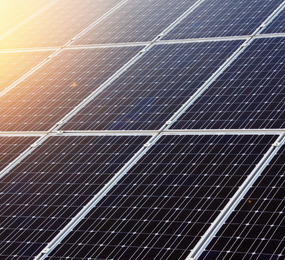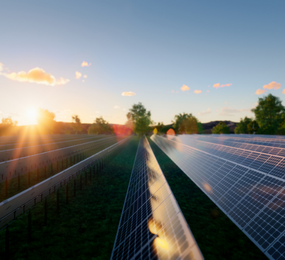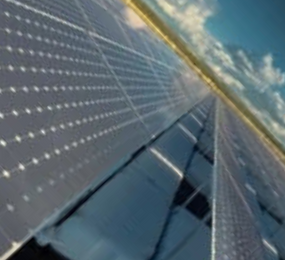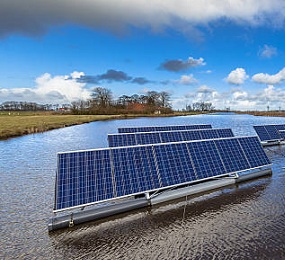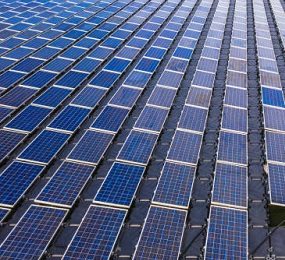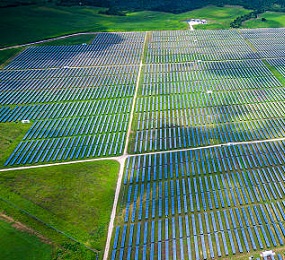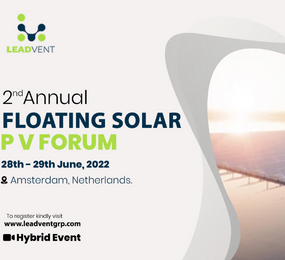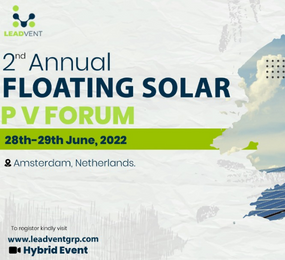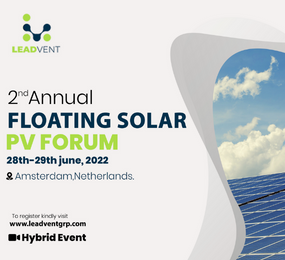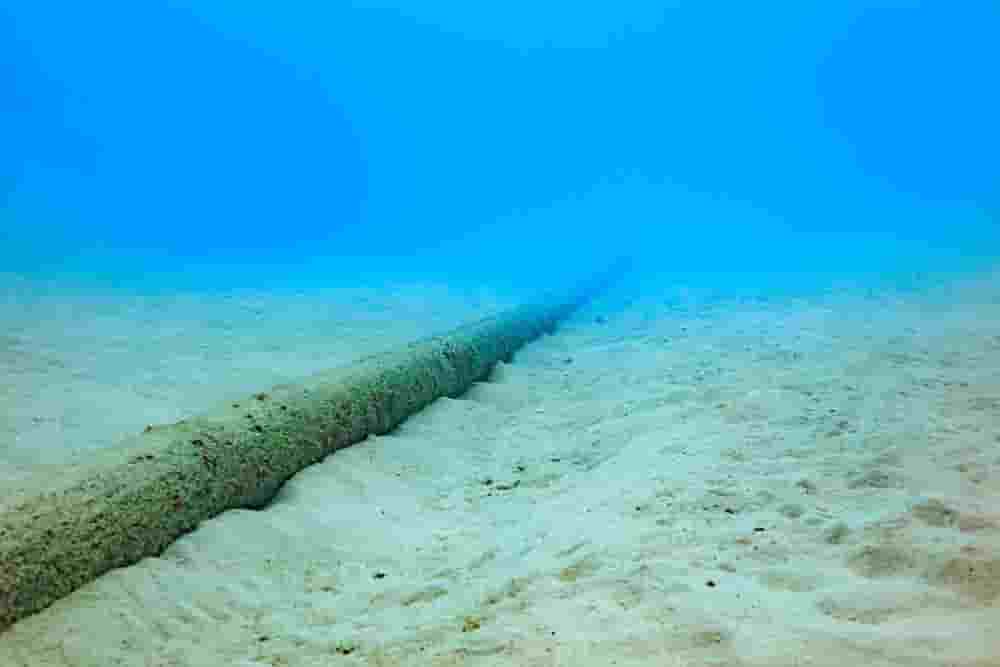Floating solar photovoltaic (FPV) systems produce energy without moving parts, loud noises or carbon emissions. They silently transform solar energy into useful, sustainable electricity that can be used to power homes, offices, and colleges and universities. Solar power can often be installed on top of a body of water, a roof, or an empty piece of land without drawing attention, in contrast to most energy production techniques that are disruptive and destructive to the environment.
Solar panels floating on water can typically generate more energy because the water cools the solar panels, which then produces more solar energy. It also lessens the amount of water lost to evaporation by providing shade to the water below.
Rapid growth is being seen in the market for floating solar PV systems. Clarity and widespread industrial consensus on standards and best practices are necessary for the effective, secure, and dependable development of FPV projects.
A floating PV system has a comparable electrical setup to a land-based PV system. Since the installation obviously involves the fusion of electricity and water, the concept necessitates consideration to numerous factors. Solar panels are attached to a series of interconnected plastic rafts and the whole system is securely anchored to the bottom of the body of water. As a result, they are frequently found in placid bodies of water like ponds, lakes, or artificial reservoirs, with floating walkways installed to allow access for any maintenance or servicing tasks. Before being used to power electrical equipment on land, the solar energy generated is first transported to a central converter via underwater cables. The solar panels' direct current (DC) is transformed into the alternating current (AC) required by electrical devices to be powered by the power grid by the use of an inverter.
Additionally, reservoirs created by dams can have floating solar panels installed on them. The electricity generated by the floating PV can be stored and distributed using transmissions systems that are already present at hydroelectric projects. The latter is a floating structure close to the dam and can supplement the hydropower facility because hydropower is more appropriate during wet seasons while solar electricity is most effective during dry seasons. So, although only utilizing 3 to 4% of the reservoir, floating solar might greatly increase the capacity of huge hydroelectric plants.
System warranties are often 25 years or longer, and they continue to provide clean energy long after their short payback times. One of the top goals of owners and integrators is maximizing the performance of any PV system. To achieve ideal operating conditions, this can be accomplished with frequent maintenance. Since PV systems can be owned by people, businesses, or utilities, there needs to be a set of doable rules for how to run and maintain them in order to reduce downtime and increase return on investment. The maintenance requirements vary depending on the system size, installation type, and locations.
As a clean, green and renewable energy, solar photovoltaic power generation is an important pillar for addressing climate change.
Join us on 27th - 28th June, 2023 for the 3rd Annual Floating Solar PV Forum, in Amsterdam Netherlands so you don't feel left out in the industry!
To register or learn more about the Forum please check here: https://bit.ly/3zVvdfN
For more information and group participation, contact us: [email protected]


